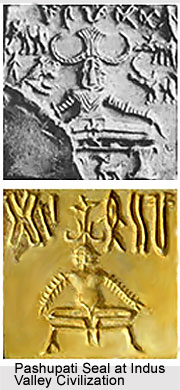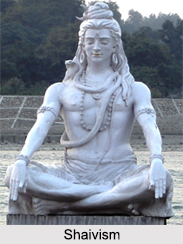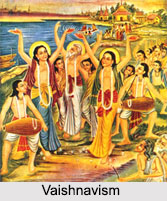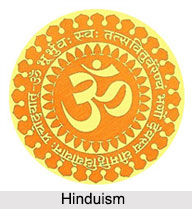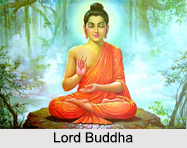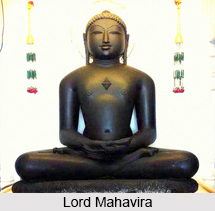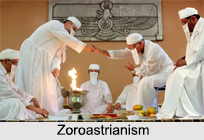 Japamala is used for keeping count while chanting a mantra in the name of a deity. Japamala are of three types. They are Sthira, Cara and Karamala. Varnamala is also called Sthira which is made of the alphabets from a till ksa. Each matrka-Varna has anusvara added to it which has got to be recited with the mula or bija-mantra.
Japamala is used for keeping count while chanting a mantra in the name of a deity. Japamala are of three types. They are Sthira, Cara and Karamala. Varnamala is also called Sthira which is made of the alphabets from a till ksa. Each matrka-Varna has anusvara added to it which has got to be recited with the mula or bija-mantra.
For instance in the japa of the mantra hrim one has to recite am hrim, am hrim and so on. Thereafter ksam without the mulamantra is recited. Following this one has to recite hrim preceded by each of the matrka letters in the reverse order. This completes one hundred japas. Another type of Varnamala is made envisaging Kula-Kundalini or Brahmanadi as the thread. During japa one has to hold the breath. Varnamala is considered as the best rosary. The substitute for Varnamala is Samkhamata. Japa in Varnamala form can be done at any place, any time, clean or dirty and in the presence of all.
Cara or Kalpita Mala is made of crystal, Rudraksha beads and so on. It may be of three types - Uttama which consists of 108 or 109 beads, Madhyama consists of 55 beads, and Adhama that consists of 28 beads. This type of rosary may contain any number of beads according to requirement which will vary from ten to hundred and so on. The beads can be made of gold, copper, silver, pearl, coral, red sandal, myrobalan, tulsi-wood, turmeric, ivory and conch shell. Different rites require different rosaries. It is believed that various types of rosary yield different results. However a rosary is not supposed to have an assortment of many jewels. It should be hidden. For ordinary use Japamala of Myrobalan, Tulsi, Sandal and Bel wood are recommended.
Tulsi-Mala is prescribed for Vishnu-mantra and Gajadanta-Mala is recommended for Ganesha-mantra. Metallic, crystal, Rudraksha rosaries are used for Kali-mantra.
Karamala-japa is a term given to japa by touching the thumb from the middle parvan of the ring finger to the root of the forefinger. This rosary is prescribed for all kinds of japa Nitya, naimittika and kamya. This japa can be done without the restriction of space and time.
A rosary should have beautiful beads and absolutely should be free from defects. Rosary should resemble a cow`s tail or a serpent. There should be a knot after each bead. Japamala needs to be preserved in a bag that resembles a cow`s face, made of silk cloth, or of leather of deer or sheep. The colour of it may be red, yellow or red ochre.
